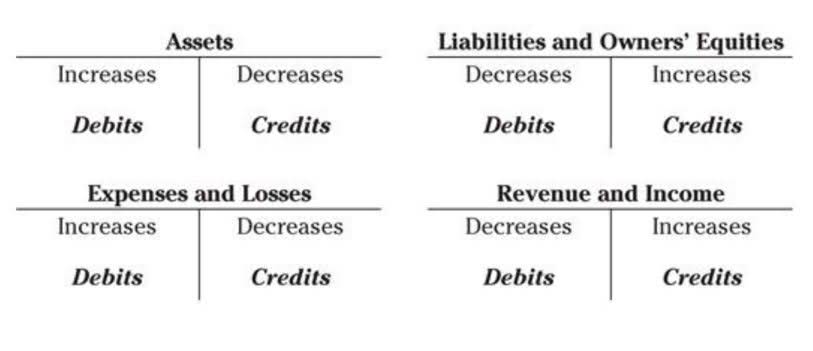What Are the Five Types of Audit Assertions? The 5 Most Important

We’ll look at assertion examples and how to you can leverage these in your audit plan. Assertions claim that the figures reported are a truthful presentation of the company’s assets and liabilities following applicable standards. Related party transactions, balances and events have been disclosed accurately at their appropriate amounts. Transactions recognized in the financial statements have occurred and relate to the entity.
Using Information Produced by the Company

It discusses the characteristics of audit assertions, their objectives, and the role of a commissioner of accounts. It covers different categories of assertions, including those related to operational flows, period-end account balances, and annex presentation of accounts. Audit assertions are claims made by management when preparing financial statements. These assertions relate to the income statement and balance sheet as well. So, these assertions apply to both classes of transactions and account balances. The main premise is that for each line in the financial statements, the auditors’ primary objective is to ensure that there are no material misstatements in the given assertions.
Create a free account to unlock this Template

Auditors verify whether all material information has been recorded accurately and that no significant transactions have been omitted. The existence assertion verifies that assets, liabilities, and equity interests recorded in the financial statements actually exist at a given date. For instance, if a company reports having $1 million in inventory, the auditor must confirm that this inventory is physically present and owned by the company. This often involves physical inspections, confirmations with third parties, and reviewing documentation. The existence assertion is particularly significant for assets that are prone to overstatement, such as What is bookkeeping inventory and accounts receivable, as it ensures that the reported figures are not inflated.
Management assertions in auditing
- This assertion confirms the liabilities, assets, and equity balances recorded in a financial statement actually (you guessed it) exist.
- As far as Rights and Obligations are concerned, this assertion is made by the management in order to validate that the entity has the right of ownership or the use of the given assets.
- Also known as management assertions or financial statement assertions, audit assertions are the claims made by management certifying the financial statements presented are complete and accurate.
- In this article, we will discuss the nature and the usage of each assertion as well as how important it is for management and auditors.
- These are regulations that companies must follow when preparing their financial statements.
- In this scheme the payables clerk adds and makes payments to a nonexistent vendor.
Some information for auditors, shareholders, and market analysts includes cash flow, accounts receivable, accounts payable, income, assets, liabilities, inventory, and cost of goods sold (COGS). Audit assertions are classified as one of the primitive aspects of auditing. They form the basis for characterizing the said transactions to AI in Accounting be true in terms of existence.

Financial statement assertions
- Auditors can use them as a reference to guide their work in examining financial statements.
- Management of these corporations was now required to assess and assert as to the effectiveness of the organization’s internal controls over financial reporting.
- Any adjustments such as tax deduction at source have been correctly reconciled and accounted for.
- For certified public accountants (CPAs) and other auditors, determining the veracity of these assertions involves testing various aspects of the financial records and disclosures.
- This assertion checks if asset, liability, or equity balances in the balance sheet actually exists.
As auditors rely on assertions, it is crucial to recognize their significance and the procedures used to test them. The valuation or allocation assertion concerns the accuracy and appropriateness of the recorded values for assets, liabilities, audit assertions definition revenues, and expenses. Auditors assess whether the values assigned to items in the financial statements are in accordance with applicable accounting standards and reflect their fair value. Completeness assertion ensures that all relevant transactions, accounts, and disclosures have been included in the financial statements.
1AReference to the judgment of the auditor has the same meaning as “professional judgment” as described in AS 1000, General Responsibilities of the Auditor in Conducting an Audit. Let’s take a closer look at each of the different assertion types and how they work. In the same manner, the part of the obligation also validates that the organization accepts that it is supposed to abide by the obligations and accept them as its liabilities. For instance, the format of the Income Statement and theBalance Sheet should reflect the standards that are provided in the system thatthe corporation follows.
